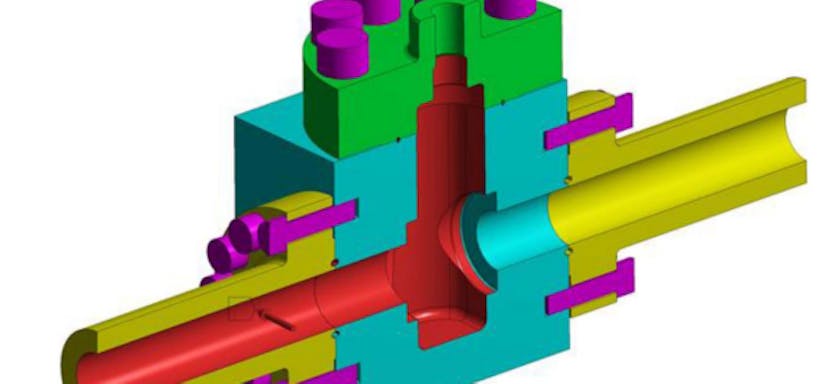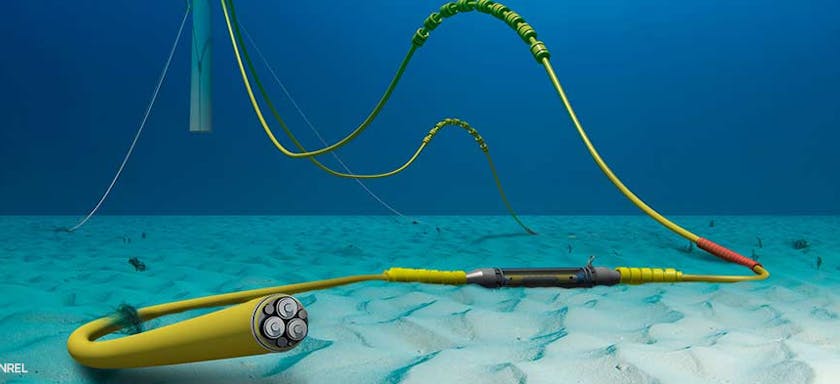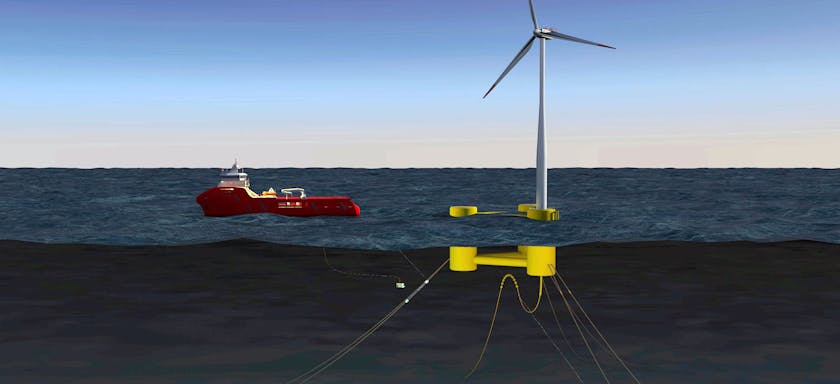Minimizing Interference Between Top Tension Risers for Tension Leg Platforms
EVENT: OMAE
1 Jun 2013
Interference between TTRs is a key design challenge. For spars, this is typically mitigated by having a large spacing between wellheads, thus increasing the distance between risers along the water depth. However, due to lower TTR tensioner stroke limits combined with larger vessel offsets, the feasibility of spacing out the wellheads for TTRs on a TLP is limited. The result is TTRs that are closer together through depth and therefore more likely to contact each other in extreme current conditions.
This paper presents the approach used to minimize the interference between the top tension risers on TLPs. Specific topics include considering current profiles with varying directions through the water depth, adjusting the top tension of the risers, and utilizing low-drag vortex-induced vibration (VIV) suppression strakes. The relative effect of each of these topics is also discussed.
Authors

Mike Campbell
Global Director, USA

Mike Campbell
Global Director, USA
About
Mike is a Global Director and vice president of 2H’s Houston office, where he is responsible for the management of the engineering group. Mike has over 22 years of experience dedicated to riser engineering, ranging from conceptual design and feasibility to detailed design, installation, monitoring and operational integrity management for all types of riser systems and subsea equipment. He has authored numerous technical publications including fatigue analysis methods and the use of field measurements to benchmark and improve design tools. Mike is a graduate of the University of Sheffield, UK, and has a bachelor’s degree in mathematics and physics.

Ryan Koska
Principal Engineer

Ryan Koska
Principal Engineer
About
Ryan is a Principal Engineer in 2H’s Houston office. He holds a Bachelor’s degree in Ocean Engineering from Texas A&M University and has been working for 2H Offshore since 2007. Ryan has significant experience in the design and analysis of production risers as well as subsea rigid jumpers, along with operability and fatigue analysis of drilling riser, wellhead and conductor systems.
Insights
J. Kaculi
Dril-Quip
D. Mills
Dril-Quip







